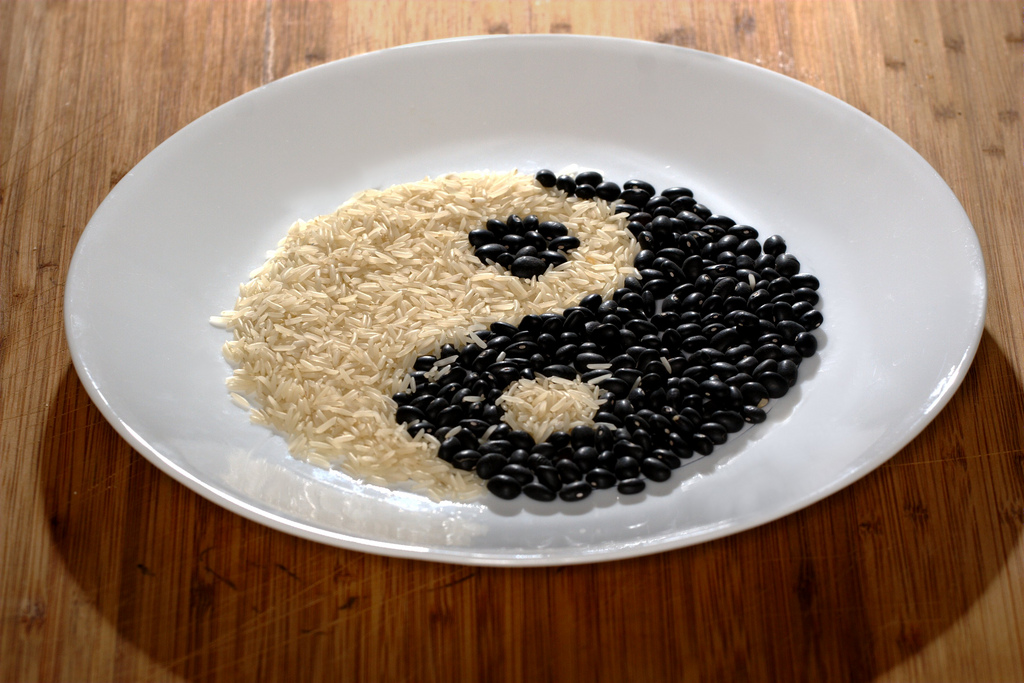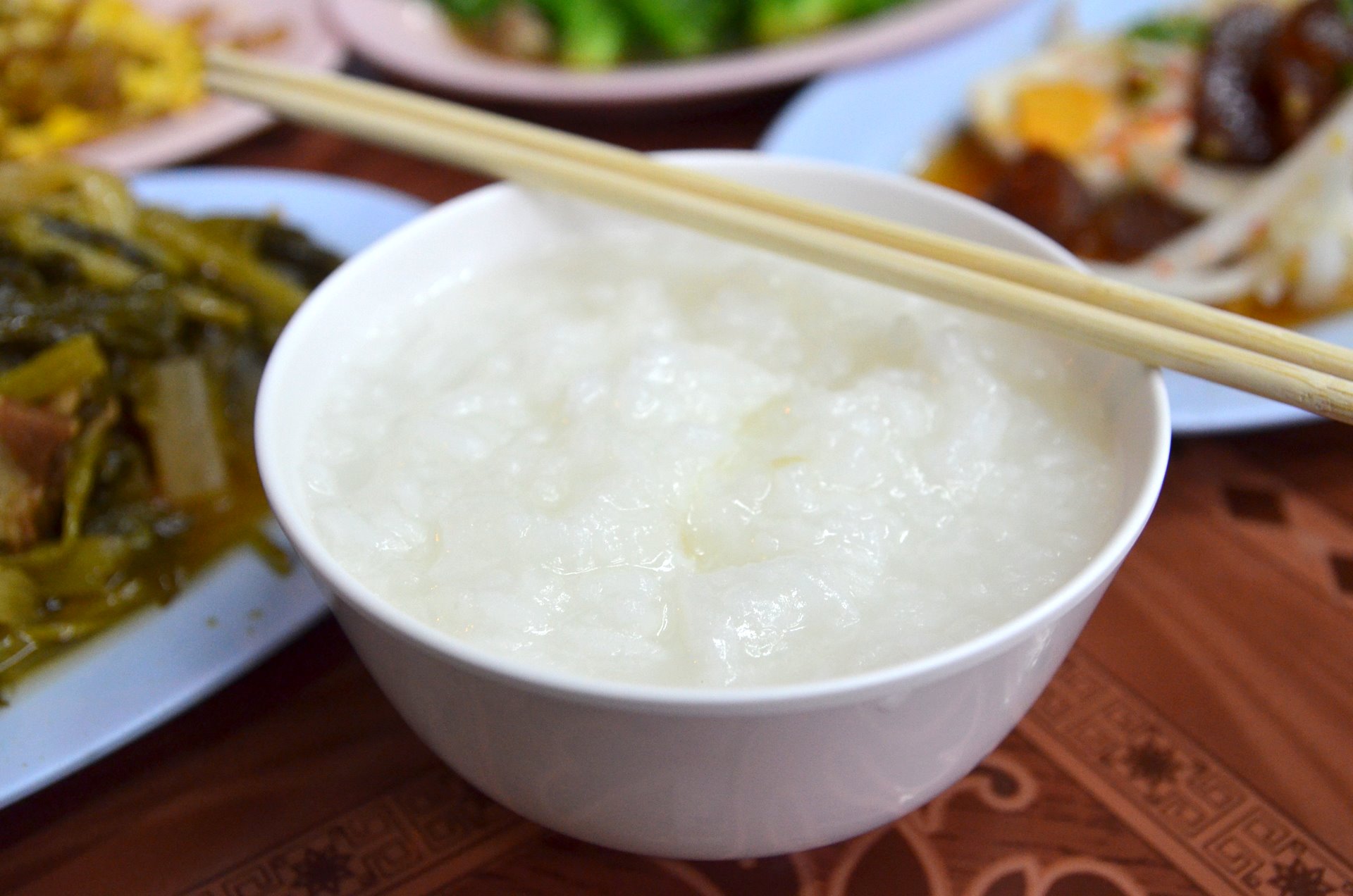Superstitious Food
I love learning about different cultures. In December I highlighted traditional Christmas foods from around the world. This week I want to look at food from a different perspective. Superstitions that surround the foods people eat. When I was young, I thought if I ate a black watermelon seed, I'd grow watermelons in my stomach. A common urban legend amongst the young kids I was around. In college I took some Chinese courses and learned about yin and yang-even foods can be grouped into either yin or yang. My husband loves to talk about his time in Portugal and some of the things they do there at the dinner table. So I dug in a little more and asked around to find food folklore from elsewhere, and maybe break a few myths.
In ancient times, the Celts believed apples to be full of divine wisdom. I'd better get my hands on one of those brands! Basil is another holy food. In Hindu India, it is a revered plant often prayed around. It is put into the mouths of the dying to ensure they reach paradise. Many of the Orthodox churches of Eastern Europe (starting with the Greeks) put basil in their holy water. African legends state that basil can protect against scorpions. Hindi's also believe cows to be sacred, and will not eat beef. Ancient Egyptians also did not eat beef because it would offend the Goddess Hathor. Many religions discourage alcohol, including Buddhism, Islam, Latter-Day Saints, Seventh Day Adventists, and a couple other Christian branches.

In Eastern medicine, foods are used just as herbs are to help the afflicted body. Yin and Yang must be balanced. Yin is associated with coolness, while Yang is warmth or heat. This has nothing to do with the spiciness or temperature of the foods, but rather the effect the food has on the body's energy. Heat related ailments include high blood pressure, rashes, and hot flashes, while the "cool" ailments include runny nose, fluid retention, fatigue, depression, and achy muscles. So if you're too "hot" eat something in the Yin category to cool down, and vice versa.

Yin foods include apples, bananas, watermelon, grapefruit, tomatoes, asparagus, lettuce, seaweed, cabbage, broccoli, mushrooms, eggplant, etc. Yang, the "hot" foods include, garlic, ginger, peppers of all sorts, cinnamon, cherries, coconut, lemons, celery, raspberries, cauliflower, mustard, coffee, walnuts, chicken, certain shellfish, turkey, yogurt, etc. There are "neutral" foods that are considered nourishing for any side of the balance. These can include sweet potatoes, yams, olives, mangos, and papaya.
My brother returned to the U.S. from Hong Kong a few years back and said slurping your soup is completely acceptable, and that you should never stick your chopsticks straight up and down in your rice, as it is a very bad omen and can be seen as a threat.

European culture is different in its superstitions. My college roommate lived in England for a while, and said that generally having ice in your drink is seen as unhealthy. The Portuguese discourage showering after eating watermelon-too much water will make you blow up. My favorite thing the Portuguese do is, when they are too full but still want to eat, they stand up and then sit back down on their chair as hard as they can. This moves all of the food to the bottom of the stomach, creating room for more. On that note, I can still remember my mother always telling me, "There's always room for ice cream." The logic being that the ice cream will melt and fit between all the gaps of the food in your belly.

Ever heard the term that something is "corny"? It's because corn has a social prejudice against it for being a filler in junk food, thus marking it as unimportant. Also, that gum you swallowed seven years ago? It probably came out of you the next day. Gum is insoluble, so we can't digest it (hence the seven year digestion myth), but it doesn't stick to your innards.
I wish I could share more, but my knowledge is limited to what I've heard from friends and family. What are some food superstitions you've heard of? Comment below!
- https://upload.wikimedia.org/wikipedia/commons/c/c0/Basil3800ppx.jpg
- https://c2.staticflickr.com/2/1291/4689967166_f892cb3f85_b.jpg
- https://c1.staticflickr.com/1/11/11938589_3d265fdb02.jpg
- https://upload.wikimedia.org/wikipedia/commons/0/09/Khao_tom_kui.jpg
 Mary Hildebrandt
Mary Hildebrandt
Weekly Newsletter Contributor since 2014
Email the author! maryh@dvo.com
